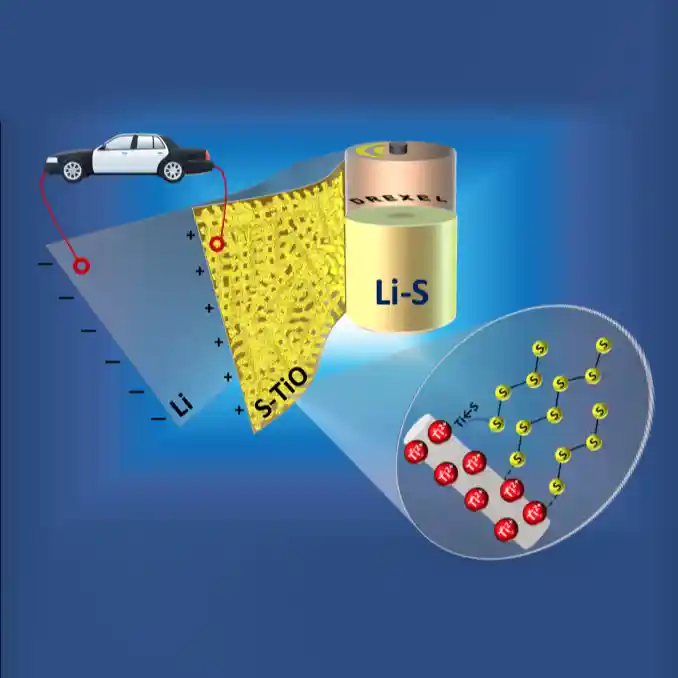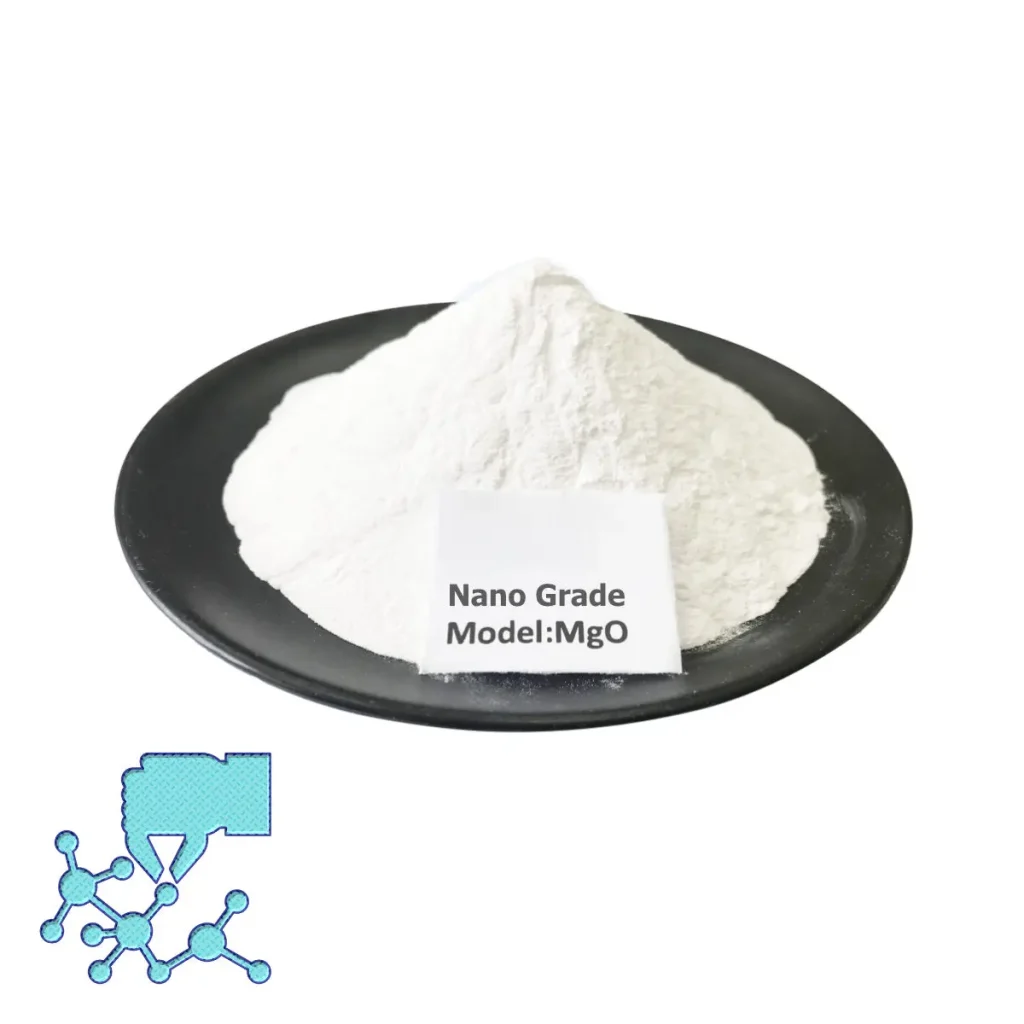Summary
By designing and preparing in situ synthesized nano magnesium oxide doped crab shell-based hierarchical porous carbon (n-MgO@CSHPC), while efficiently immobilizing polysulfides, it can ensure good contact between polysulfides and conductive structures, and realize polysulfides. The balance of adsorption and reuse can improve the utilization rate of active materials and improve the electrochemical performance of lithium-sulfur batteries.
Application method of nano magnesium oxide in lithium-sulfur battery
Firstly, a hierarchical porous carbon material with good pore structure, micropore volume, high specific surface area and heteroatom doping was designed and prepared by virtue of the advantages of the composition and structure of the crab shell. The magnesium source was immobilized with doped heteroatoms, and nano-magnesium oxide was successfully loaded in situ in the carbon pores. Structural characterization proves that MgO has uniform particle size distribution and good dispersion in carbon materials. A controllable preparation method for supported magnesium oxide carbon materials was developed.

Secondly, carbon-sulfur composite materials were prepared by doping nano magnesium oxide-doped crab shell-based hierarchical porous carbon materials with sulfur, which were used in the positive electrode of lithium-sulfur batteries. The electrochemical performance test proved that the modified positive electrode battery can effectively utilize the positive electrode active material. And immobilization, ensure the cycle stability in the long cycle. 5% nano magnesium oxide-doped crab shell-based hierarchical porous carbon/sulfur composite positive electrode has a first discharge capacity of 1468.3mAhg-1 at 0.1C, and a first discharge capacity of 1053.9mAhg-1 at 0.5C, and after 400 cycles The capacity still has 575.5mAhg-1.
Third, the material is used as a functional separator coating to modify the separator to block the shuttle of lithium polysulfide and assist in the reconstruction of the positive electrode side structure. It was found that in this process, the modified diaphragm battery can significantly reduce battery polarization, promote lithium ion transmission, and improve long-term cycle performance. Among them, 5% nano magnesium oxide doped crab shell-based hierarchical porous carbon modified diaphragm battery is fully utilized The active material and the formation of the positive electrode structure are the best. The first charge is 949.0mAhg-1 at 1C, and the capacity retention rate is 74.71% after 300 charges and discharges, and it is still stable after 1000 charges and discharges.
The invention relates to a nano magnesium oxide doped biomass graded porous carbon/sulfur positive electrode and its preparation method and application. The nitrogen and oxygen co-doped crab shell-based graded porous carbon with high specific surface area is used to anchor magnesium ions, and the original Magnesium hydroxide was synthesized in situ and calcined to obtain nano-magnesia-doped crab shell-based hierarchical porous carbon with uniform distribution of nano-magnesia. It is used in the positive electrode of lithium-sulfur batteries. This material can efficiently fix polysulfides while ensuring polysulfide The good contact between the polysulfide and the conductive structure achieves a balance between polysulfide adsorption and reuse, improves the utilization rate of the active material, and effectively improves the electrochemical performance of the lithium-sulfur battery.

